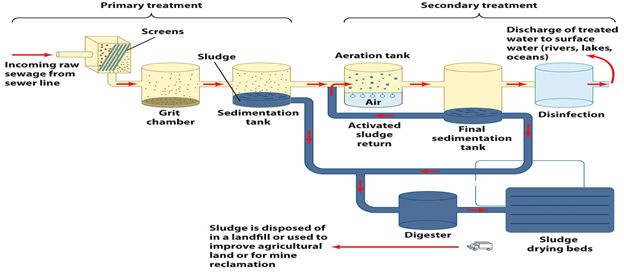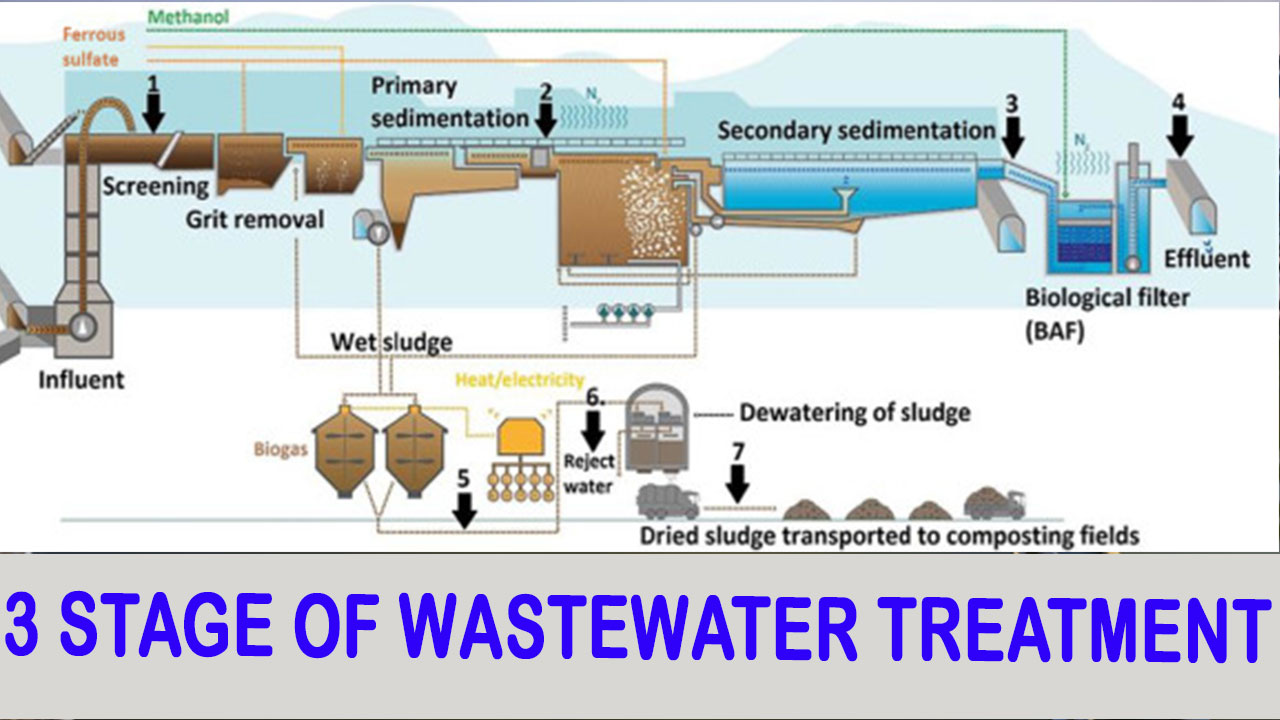The Best Guide To Water Treatment For Well Water
Table of ContentsWhat Does Water Treatment For Well Water Do?Water Treatment For Well Water Can Be Fun For EveryoneThe Best Strategy To Use For Water Treatment For Well WaterThe 45-Second Trick For Water Treatment For Well Water
In this blog, we will cover the 4 kinds of water therapy plants, how they work and the lots of industrial applications of each kind. Wastewater Treatment Plant (WWTP) Wastewater is the water that stems from water used in residential, farming, industrial as well as medical or transportation activities.on the other hand, originates from production, industrial as well as commercial activities lugged and also has a totally various make-up than sewage water. Exactly how does it function? The very first action in this water therapy plant is that the wastewater drains to the plant with the assistance of gravity via the main drain system.
In this phase, the water moves with the gravel chamber to remove any kind of grit. The water after that relocates to the bar displays which remove big items.
This is after that eliminated from the storage tank and also disposed of at the dump. Following comes the sedimentation stage, also referred to as the main treatment. In this stage, the water moves to the primary settling tanks, likewise recognized as pre-settling containers. These containers have receptacles which are located in the base of the container where water moves via.
Water Treatment For Well Water for Beginners
These resolving storage tanks enable the sludge to resolve and after that transfers to digestion storage tanks. In the digestion containers, the sludge is heated and also blended. An additional vital point that takes place right here is the manufacturing of biogas, which the wastewater therapy plants can recycle, in the manufacturing of electric or thermal energy which is another substantial benefit to the atmosphere.
This enables the splitting up of water from the semi-solid sludge, whereas the remaining sludge undertakes the mechanical process once more for dewatering, that is taking out as much water from the sludge as possible. The sludge then left after the digestion as well as dewatering procedure is full, is ultimately dealt with in the dump.

The last action in wastewater treatment is assessment. This evaluation entails examining the contamination degree of the water dealt with and seeing to it it adheres to the highest criteria in order to be released or recycled for domestic or industrial objectives. Applications: The majority of petroleum refineries or petrochemical as well as chemical sectors produce a large amount of wastewater as well as need on-site wastewater treatment plants.
The wastewater here streams through displays as well as into settlement basins that can take out debris in large amounts. It acts as a pre-treatment as mentioned above look at more info as it happens before 3 more aggressive phases- primary, second and also tertiary therapy. Primary Therapy During this phase, the wastewater moves right into the clarifiers.
Water Treatment For Well Water Can Be Fun For Anyone
It is the style of these containers that cause clearing up, that is, the organic solid matter gathers at the bottom of the storage tank while the lighter issue drifts to the top becoming less complicated for removal. The raw material that clears up at the base is known as a primary sludge covering.

This RAS goes back into the primary information storage tank as well as the microorganisms in it assists in damaging down any kind of raw material in the sewer. As soon as RAS has completely experienced both the primary and second clarification containers constantly, i. e several times, it is developed into waste-activated sludge (WAS) (water treatment for well water). The WAS after that does not go back to the primary clarification container but instead relocates to the covered tanks, likewise referred to as cardio sludge digesters.
The continuing to be sludge steps to the dewatering facility that contains dewatering storage tanks where the plant makes use of belt presses to squeeze any staying water out of the sludge. Tertiary Therapy Tertiary treatment complies with the procedure click this link of both primary and second processes however also on top of that entails mechanical and photochemical procedures.
Water Treatment For Well Water for Dummies
Here the emphasis is offered to physical techniques such as screening, sedimentation, filtering, information etc. water treatment for well water. The purpose of this is to eliminate as much strong physical issues as possible before sending the effluent for further treatment. This stage entails the elimination of strong waste and raw material. Right here chemicals are added to break down any kind of view it now solid and also chemical waste.
There are 2 sorts of materials- one is an anion one while the various other is a cation one. These previous resins launch hydroxyl ions which are negatively charged while the cation materials release hydrogen ions that are positively billed. The cation-exchange resins result in softening of water, the anion-exchange lead to the removal of nitrate from wastewater and the mix of both the anion as well as cation exchange eliminates essentially every ionic pollutant present in the feed water with a procedure called deionization.
Applications: Demineralization causes the complete removal of minerals from the water and also is normally used in markets that need water with high levels of purity, for instance- makeup or feed water in high-pressure central heating boilers, the food as well as drink sector, as well as process streams made use of in the manufacturing of electronic devices. They are likewise used in sectors for the generation of vapor, power and cooling (water treatment for well water).
